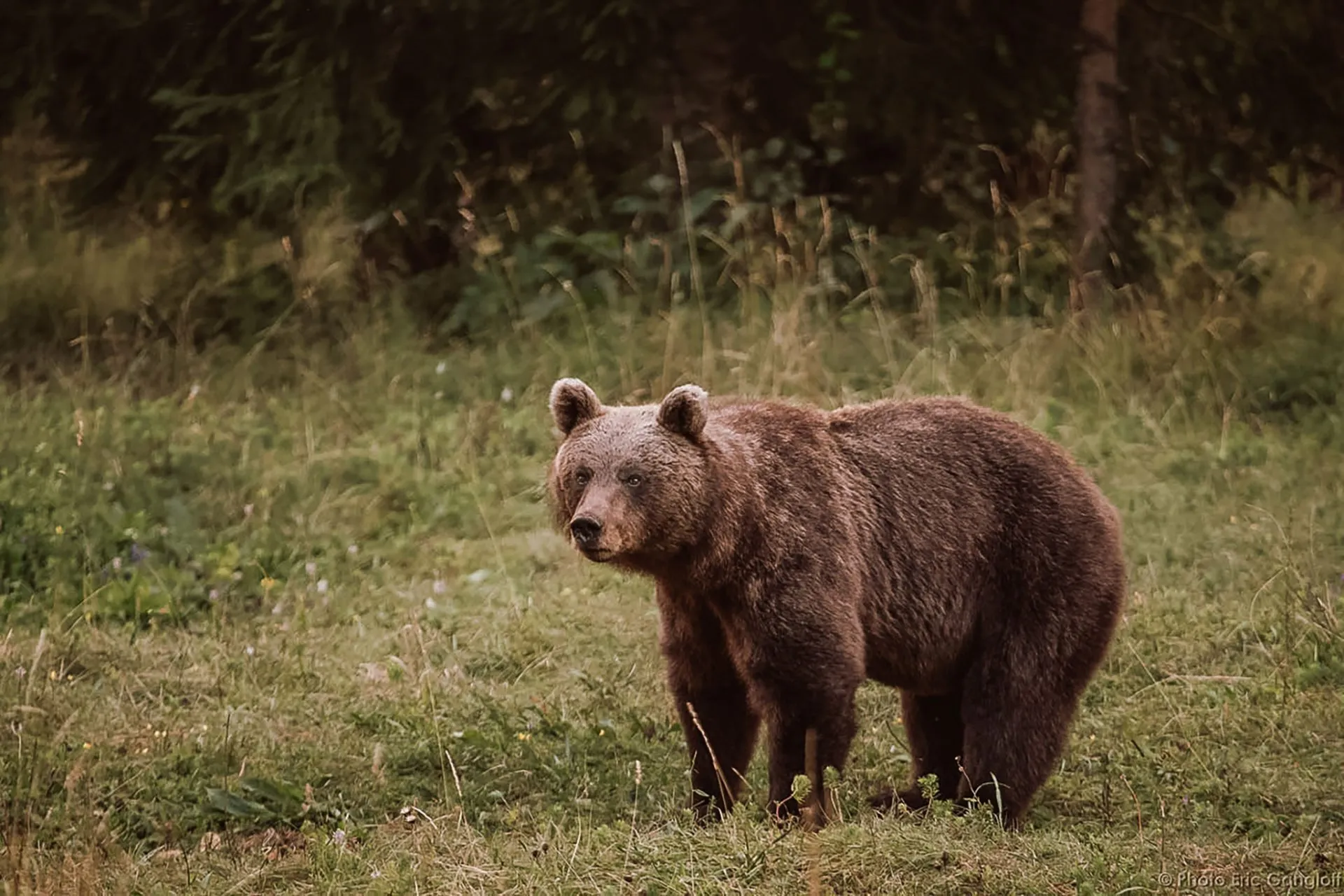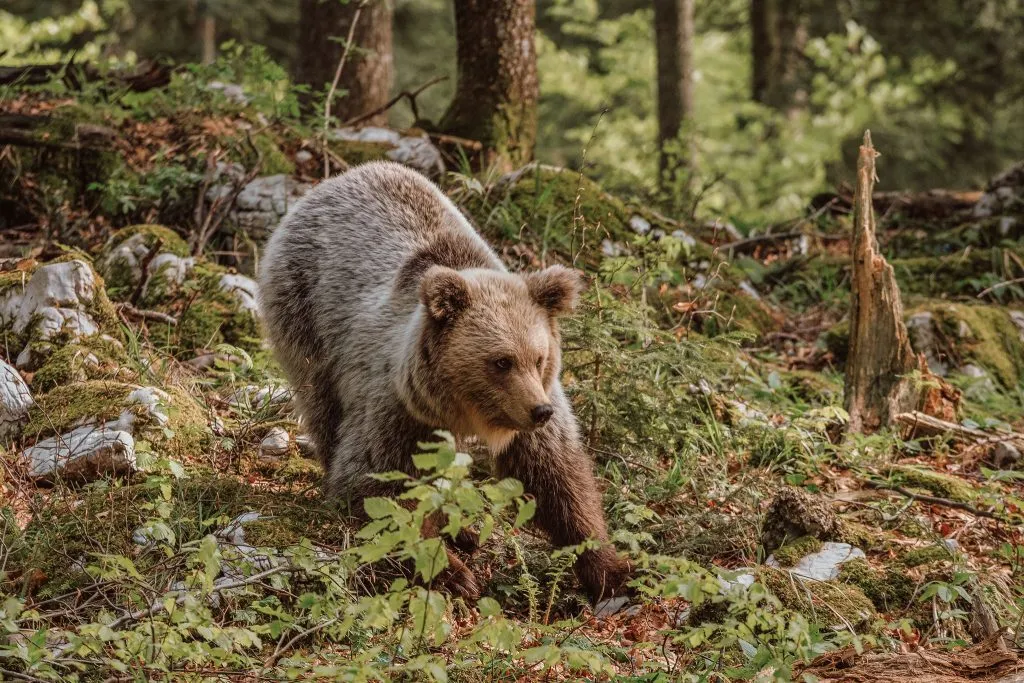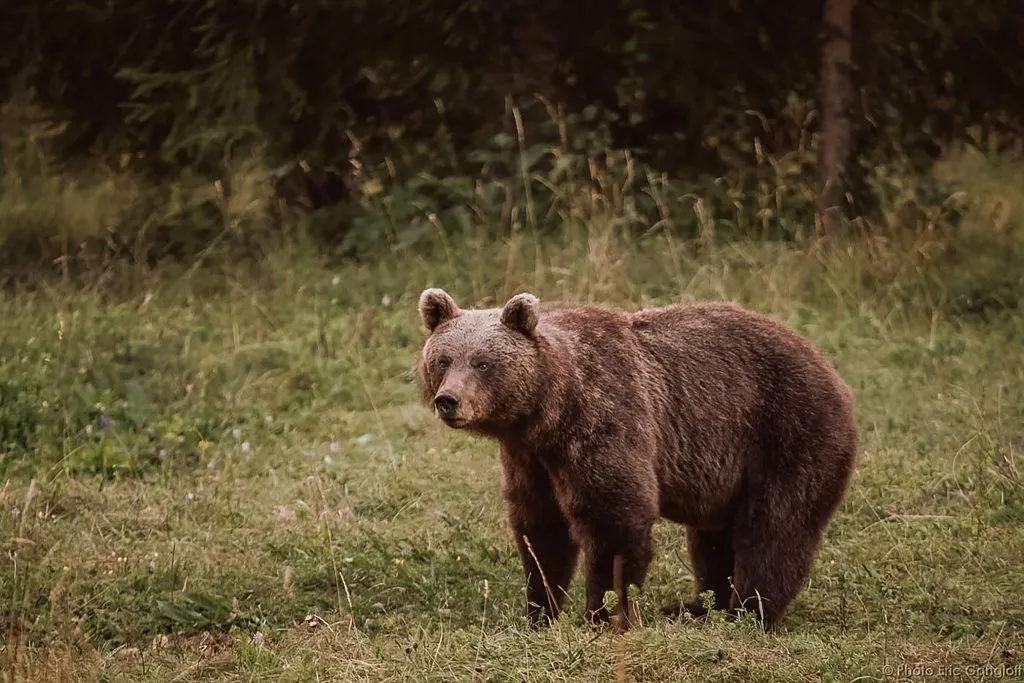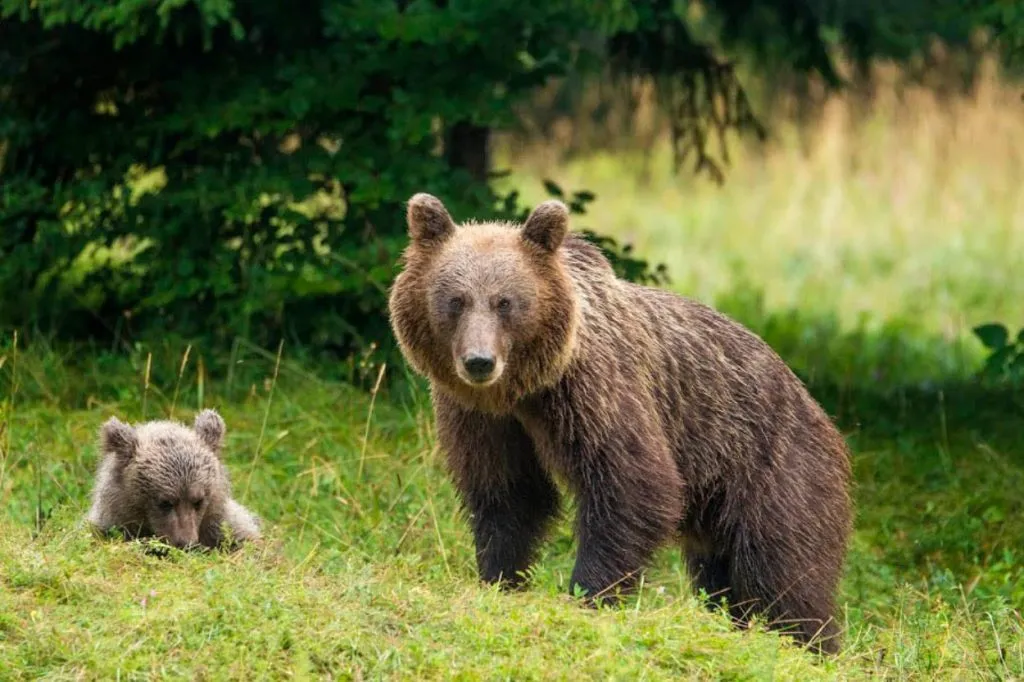There are a lot of bear species and many subspecies that live all over the world. Fossil and historical records prove that at one time there may have been hundreds of bear species worldwide, on all continents except Antarctica and Australia. The brown bear, for instance, has as many as 90 subspecies. We’ve made a list of 7 world’s bear species and descriptions of what makes each bear species stand out against the rest. Find out what makes each bear species unique.
North American black bear
The North American black bear is the most common bear in North America. Currently, 800,000 species live in the range from the Mexican border to Florida, Canada, and Alaska. They live mostly in the woods and predominantly eat fruit, nuts, and vegetation.
Male black bears reach full size at about 8 years of age and females mate and produce cubs at 5 to 7 years of age. Males weigh up to 300 kilos and live up to 25 years in the wild.
Did you know that black bears are excellent climbers and are often photographed scaling trees?
Brown Bear
The brown bear’s homeland is the northern USA, western Canada, Europe, Russia, and some parts of Asia. A bear needs a wide space to move, has an omnivorous diet, and also tolerates the presence of people which is why it is classified as a vulnerable species. The brown bear is the largest living beast in Europe and is protected by many international conventions. Its fur color scale is from almost black, and brown to very light brown or even blonde. The really big bears can weigh up to 700 kilos but are very rare now. North American Rocky Mountains grizzly bear and Europe brown bear tend to be much smaller and weigh up to 250 kilos.
Polar Bear
Polar white bears are among the largest bears in the world since adult males can reach up to 800 kilograms. Home for polar bears is on the sea ice, where they hunt seals at open leads. Polar bears are found in five nations across the Arctic: the USA in Alaska, Canada, Russia, Greenland, and Norway in the Svalbard archipelago. The polar bear can reach up to 800 kilos and their size range depends on two main factors: the quality of the sea ice and the availability of their seal prey.
Asiatic black bear
Asiatic black bears, Himalayan black bears, or moon bears have long black fur with a distinct white patch on the chest with longer fur on the shoulders and throat. Their ears are relatively large. Asiatic black bears live in almost all eastern and southern Asian countries including Afghanistan, Bangladesh, Bhutan, Cambodia, China, India, Islamic Republic of Iran, Japan, Democratic People’s Republic of Korea, Lao People’s Democratic Republic, Malaysia, Mongolia, Myanmar, Nepal, Pakistan, Russian Federation, Taiwan, and Vietnam. Asiatic black bears are more carnivores than their American parents.
Andean Bear
This South American bear is also called the Spectacled bear, but most scientists refer to them as Andean bears as they are found only in the Andes mountains in South America. These bears are listed as endangered species and are the last remaining short-faced bears. This bear is supposed to be the largest South American land carnivore, although only 5 percent of its diet is meat. The Spectacled bear is a mid-sized bear with blackish fur that may vary from jet black to dark brown and to even a reddish hue and have usually beige-colored marking across its face and upper chest. Adult males can weigh from 100 to 200 kilograms and females only 35 to 82 kilograms.
Panda Bear
The giant panda is a rare, endangered and protected bear species restricted to south-central China. According to the last counting, there are still 1,864 pandas living in the wild. Did you know that science used to believe that the giant panda was a member of the raccoon family, but DNA analyses proved it wrong? Unlike other bears, pandas do not hibernate but just move to lower altitudes in the winter to keep warm and to higher and cooler elevations in the summer. They are famous for the love of bamboo and they consume up to 20 kilos of this plant every day. Did you know that an adult female weighs around 100 kg and her newborn cub only 100 grams? In the scientific world, it’s still a mystery regarding such a size disproportion – mothers are, in fact, 900 times more massive than the newborns. Besides being so tiny, cubs are also born pink, hairless and blind.
Sun bear
They are known as the honey bear for its love of honey, the Sun bear is least well-known and one of the rarest of all the bear species. It’s also the smallest living bear, weighing only from 27 to 50kg (female) and 27 to 65kg (male) and 120 to 150 cm in length. They have flexible snouts and very long tongues, which are an adaptation for extracting termites from nests. Also, they may use their sharp canines as tools for tearing at trees to get at insects. You can find Sun bears in south-east Asia such as Cambodia, China, India, Brunei, Indonesia, Malaysia, Thailand Vietnam and Myanmar.











